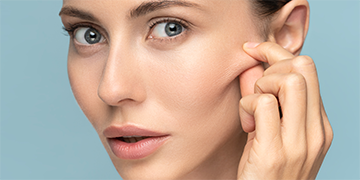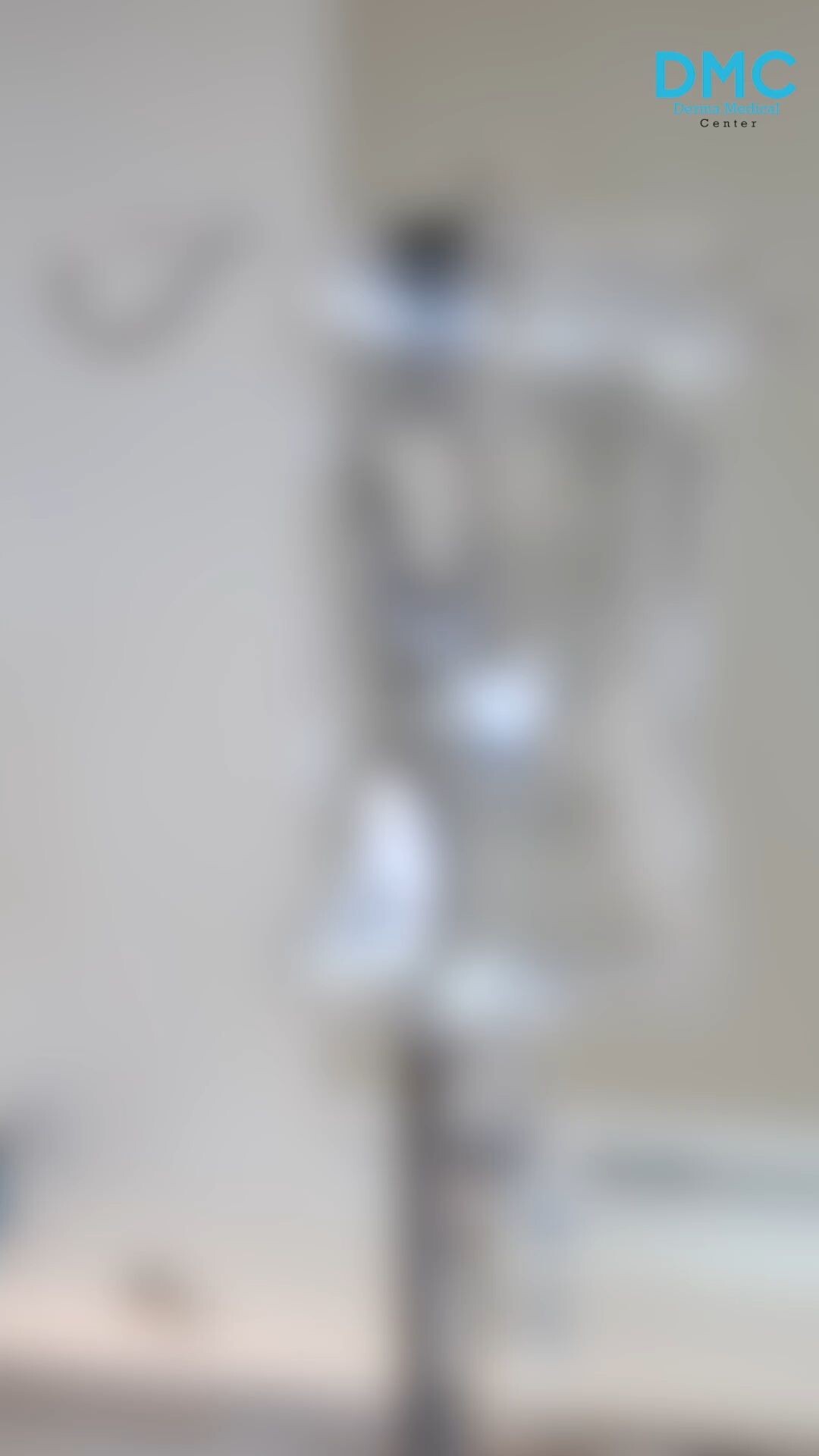Introduction
What is PRP Therapy?
PRP therapy involves drawing a small amount of the patient’s blood, which is then processed in a centrifuge to separate the plasma rich in platelets and growth factors from the red blood cells. This platelet-rich plasma, when injected into targeted areas of the skin, promotes cell regeneration and accelerates the healing process. Since PRP uses the body’s own resources, the risk of allergic reactions or complications is minimal, making it a safe and effective treatment for a variety of skin concerns.
Key Benefits of PRP Therapy
-
Natural Collagen Production
One of the primary benefits of PRP therapy is its ability to stimulate the skin’s natural collagen production. Collagen is essential for maintaining skin elasticity and reducing the appearance of fine lines and wrinkles. As we age, collagen production declines, leading to sagging skin and the formation of wrinkles. PRP helps to reverse this process by encouraging the body to produce more collagen, resulting in firmer and more youthful skin. -
Improved Skin Texture and Tone
PRP therapy is effective in addressing skin texture issues, such as acne scars, enlarged pores, and rough patches. The growth factors in PRP work to repair damaged skin cells, promoting a smoother and more even skin tone. Many patients report noticeable improvements in their skin’s texture after just a few sessions. -
Minimally Invasive with Minimal Downtime
Unlike surgical treatments, PRP therapy is minimally invasive, requiring only injections to the targeted areas. The recovery time is also short, with most patients experiencing mild redness and swelling for a day or two after the procedure. This makes PRP an ideal option for individuals seeking quick results without the need for extended downtime or invasive surgery. -
Long-Lasting Results
While some cosmetic treatments offer temporary improvements, PRP provides longer-lasting results as it works to improve the skin’s health from within. Over the weeks following treatment, patients typically notice continuous improvements as collagen production increases and the skin’s texture and tone continue to enhance. -
Safe and Natural Treatment
Because PRP is derived from the patient’s own blood, it is considered a safe and natural treatment with minimal risk of adverse reactions. This makes it an appealing option for individuals who prefer a more holistic approach to skincare without the use of synthetic fillers or harsh chemicals.
Ideal Candidates for PRP Therapy
PRP therapy is suitable for a wide range of individuals looking to address various skin concerns. It is especially beneficial for:
- Individuals with early signs of aging, including fine lines, wrinkles, and sagging skin.
- Those looking to improve acne scars or skin texture irregularities.
- Patients seeking a natural treatment with minimal downtime.
- Individuals with sensitive skin who may not tolerate other cosmetic treatments well.
The PRP Therapy Process
The entire PRP therapy process typically takes about 30 minutes to an hour, depending on the treatment area. After the blood is drawn and the platelet-rich plasma is prepared, the PRP is injected into the targeted areas using fine needles. Some patients opt to combine PRP with other treatments, such as microneedling or laser therapy, to further enhance results.
Conclusion
PRP therapy offers a powerful and natural solution for individuals seeking to achieve youthful, radiant skin without undergoing invasive procedures or using synthetic chemicals. Its ability to stimulate collagen production, improve skin texture, and deliver long-lasting results makes it one of the most sought-after treatments in modern dermatology. Whether you’re aiming to reverse the signs of aging or improve your skin’s overall health and appearance, PRP therapy can provide significant, lasting benefits for a more youthful and rejuvenated complexion.


